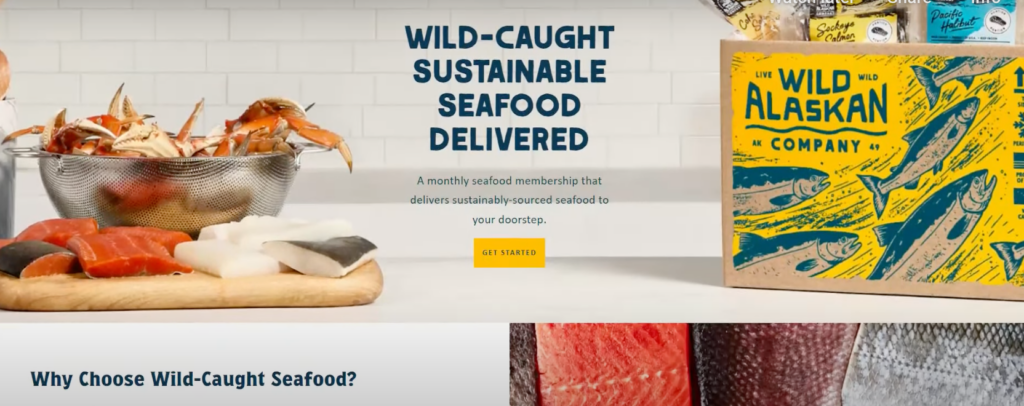The debate between farm-raised and wild-caught seafood is one that has gained considerable attention in recent years, as consumers become more aware of the environmental, nutritional, and taste differences between these two options. While both types of seafood can offer benefits, they come with unique characteristics, particularly when it comes to popular items like shrimp, salmon, and other seafood options. Understanding the differences in farming methods, taste profiles, and cooking considerations can help consumers make informed choices that align with their preferences and values.
Farm-Raised vs. Wild-Caught
Farm-raised seafood is produced through aquaculture, where fish or shellfish are raised in controlled environments such as tanks or pens. These environments can be land-based or ocean-based, and they often aim to replicate the conditions of the wild while controlling factors like water temperature, feed, and growth rate. Wild-caught seafood, on the other hand, is harvested from natural bodies of water such as oceans, rivers, and lakes. The fish or shellfish are caught in the wild through fishing practices, which are typically regulated by local governments to maintain sustainable populations.

Deep Sea Fish
For salmon, the difference between farm-raised and wild-caught is more pronounced in terms of color, texture, and fat content. Wild-caught salmon has a darker, richer color due to its natural diet of smaller fish and krill, which provide high levels of carotenoids (the pigments responsible for the reddish hue). It also tends to be leaner because wild salmon swim long distances and burn more energy. Farm-raised salmon, on the other hand, often has a lighter, pinker color because it is fed a diet designed to replicate the nutrients found in the wild. Farm-raised salmon is typically fattier, as the fish do not have to work as hard to move around in their controlled environment, leading to a higher fat content. This can give farm-raised salmon a softer, more buttery texture compared to its wild counterpart.
Other popular seafood items, like tuna, cod, and tilapia, also show differences between farm-raised and wild-caught versions. Wild-caught tuna, for example, has a firmer, meatier texture due to the fish’s long migrations in the open ocean. Farm-raised tuna, conversely, may have a softer, less firm texture and can be slightly less flavorful, given the controlled feeding conditions. Similarly, wild-caught tilapia is generally leaner, while farm-raised tilapia is often fattier, which can affect the taste and texture of the fish.
Taste Differences in Cooking
 The taste difference between farm-raised and wild-caught seafood is noticeable, especially when cooking with flavorful seasonings or grilling techniques like hibachi shrimp. When using hibachi shrimp seasoning, which is typically seasoned with soy sauce, garlic, ginger, and other spices, the shrimp’s natural flavor plays a significant role in the dish. Wild-caught shrimp tends to have a stronger, more natural seafood flavor that holds up well to the bold seasonings used in hibachi cooking. In contrast, farm-raised shrimp might have a milder, less pronounced taste, which could be less impactful when combined with strong seasonings, but it still works well in dishes where the sauce or seasoning takes center stage.
The taste difference between farm-raised and wild-caught seafood is noticeable, especially when cooking with flavorful seasonings or grilling techniques like hibachi shrimp. When using hibachi shrimp seasoning, which is typically seasoned with soy sauce, garlic, ginger, and other spices, the shrimp’s natural flavor plays a significant role in the dish. Wild-caught shrimp tends to have a stronger, more natural seafood flavor that holds up well to the bold seasonings used in hibachi cooking. In contrast, farm-raised shrimp might have a milder, less pronounced taste, which could be less impactful when combined with strong seasonings, but it still works well in dishes where the sauce or seasoning takes center stage.
Similarly, when cooking wild-caught salmon on a grill or in a hibachi-style setting, its richer, more intense flavor is enhanced by the natural oils and nutrients it retains. The firmer texture of wild salmon also holds up better to grilling, resulting in a crisp, flavorful exterior with a moist interior. Farm-raised salmon, with its higher fat content, tends to be more delicate and buttery, making it ideal for baked or pan-seared preparations, though it can become slightly greasy on the grill.
Both farm-raised and wild-caught seafood offer distinct advantages and disadvantages. While wild-caught seafood tends to have a more pronounced flavor, better texture, and higher nutritional value, farm-raised seafood can be more affordable and readily available. The differences in taste become especially noticeable when using seafood in dishes like hibachi shrimp, where the natural flavor of the seafood is key to the dish’s success. Whether you prefer the complex, natural flavor of wild seafood or the buttery, tender texture of farm-raised, both types can be enjoyed in various preparations, but the cooking method and seasoning should always complement the unique characteristics of each.